Home>Furniture & Design>Interior Design Trends>How Is Glass Transported
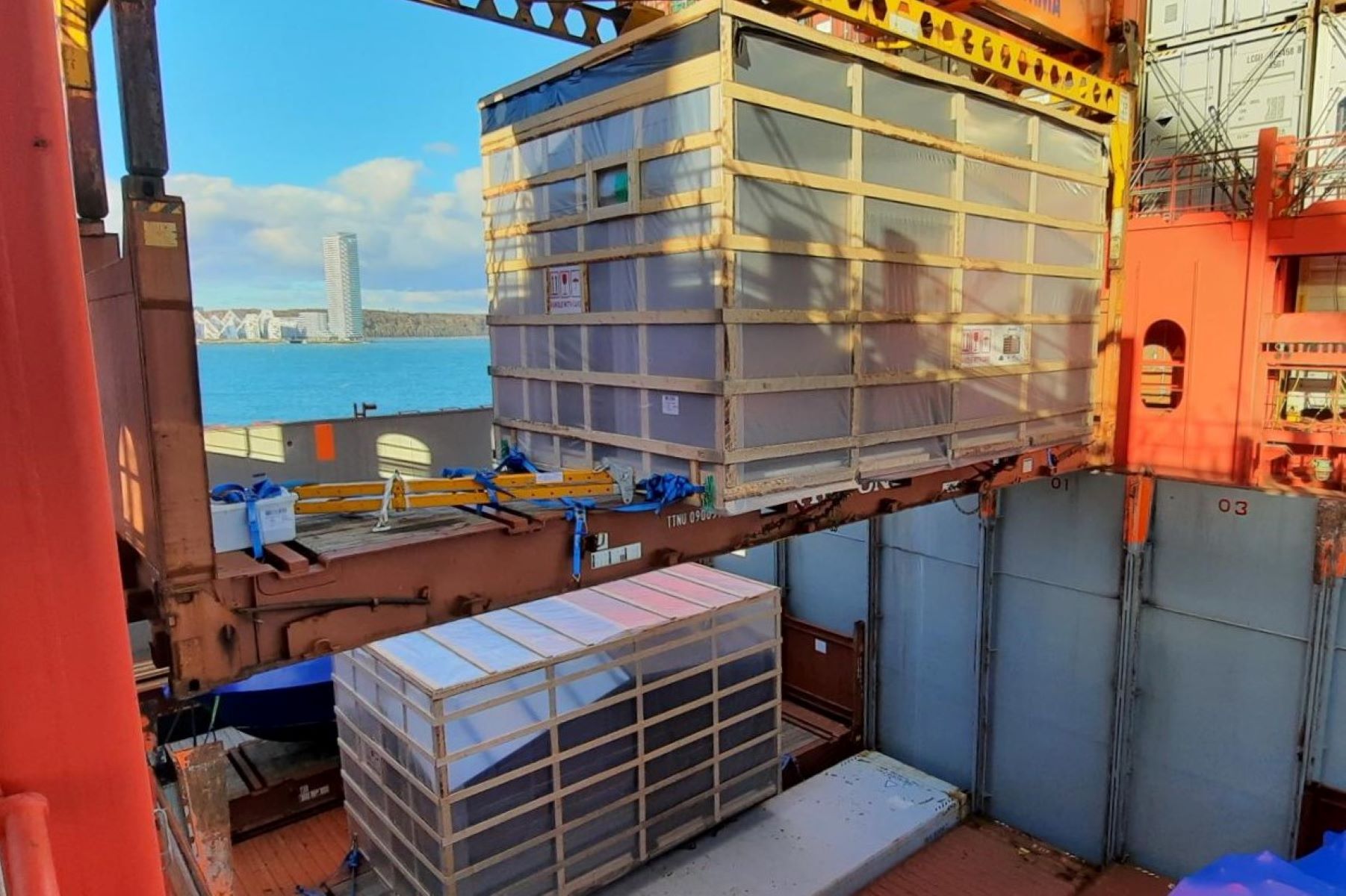

Interior Design Trends
How Is Glass Transported
Published: February 7, 2024
Discover the latest interior design trends for glass transportation. Learn how to incorporate innovative ideas into your space. Explore our expert tips and ideas.
(Many of the links in this article redirect to a specific reviewed product. Your purchase of these products through affiliate links helps to generate commission for Storables.com, at no extra cost. Learn more)
Introduction
Glass transportation is a critical aspect of the modern supply chain, playing a pivotal role in delivering glass products from manufacturers to end-users. Whether it's architectural glass for skyscrapers, automotive glass for vehicles, or delicate glassware for consumers, the safe and efficient transportation of glass is essential to ensure that these products reach their destinations intact.
Glass, known for its fragility and susceptibility to damage, requires specialized handling and transportation methods to mitigate the risk of breakage. The transportation of glass involves a complex interplay of logistics, safety considerations, and technological advancements to safeguard the integrity of the products during transit.
As the demand for glass products continues to rise across various industries, the need for reliable and secure glass transportation becomes increasingly paramount. From the bustling urban landscapes adorned with glass-clad buildings to the intricate glass components used in advanced technological devices, the significance of seamless glass transportation cannot be overstated.
In this article, we will delve into the methods, challenges, and safety measures associated with the transportation of glass. By exploring these facets, we aim to shed light on the intricate processes and considerations involved in ensuring the safe and efficient delivery of glass products to their intended destinations.
Key Takeaways:
- Glass transportation involves specialized methods like flatbed trucks and air freight to ensure fragile glass products reach their destinations intact, addressing challenges such as fragility and temperature sensitivity.
- Rigorous safety measures, including specialized handling training and advanced packaging, are crucial in safeguarding glass products during transportation, ensuring their safe arrival and upholding quality and integrity.
Read more: How To Glue Glass To Glass Permanently
Methods of Glass Transportation
Glass transportation encompasses a diverse array of methods tailored to the specific requirements of different types of glass products. Each method is designed to address the unique challenges associated with transporting fragile and often high-value glass items. Here are the primary methods of glass transportation:
-
Flatbed Trucks: Flatbed trucks are commonly used for transporting large sheets of architectural glass. These trucks are equipped with secure tie-downs and often feature specialized racks to support the glass panels, ensuring stability during transit. The open design of flatbed trucks allows for easy loading and unloading of glass, making them a preferred choice for transporting oversized glass components.
-
Enclosed Trucks: For smaller glass items, such as automotive glass or delicate glassware, enclosed trucks provide protection from external elements and potential impacts. These trucks are equipped with secure compartments and padding to prevent shifting and minimize the risk of damage during transportation. Enclosed trucks offer an added layer of security, particularly for high-end glass products that require extra care.
-
Rail Transportation: Rail transport is a reliable option for long-distance glass transportation, especially for bulk shipments. Rail cars can be configured to accommodate various types of glass products, offering a cost-effective and efficient means of moving large quantities across extensive distances. The stable nature of rail transport reduces the likelihood of jostling or sudden movements that could jeopardize the integrity of the glass cargo.
-
Maritime Shipping: Glass products destined for international markets often rely on maritime shipping for transportation. Specialized containers and handling procedures are employed to safeguard glass items from the rigors of sea transport. Additionally, advanced securing mechanisms and climate-controlled containers help mitigate the impact of temperature variations and maritime conditions, ensuring the safe delivery of glass products to distant shores.
-
Air Freight: When time-sensitive delivery is paramount, air freight emerges as a viable option for transporting high-value and time-critical glass products. Air cargo services offer expedited transportation, minimizing transit times and reducing the exposure of glass items to potential hazards. Stringent safety protocols and specialized packaging are employed to protect glass cargo during air transportation, underscoring the commitment to ensuring the integrity of the products.
-
Specialized Carriers: Some glass products, such as oversized glass panels or intricate glass sculptures, require specialized carriers equipped with custom crating and handling solutions. These carriers are tailored to the unique dimensions and fragility of the glass items, providing a bespoke transportation experience that prioritizes the safe arrival of the products at their destination.
The diverse methods of glass transportation underscore the nuanced approach required to cater to the distinct needs of various glass products. By leveraging these specialized transportation methods, stakeholders in the glass industry can navigate the complexities of logistics while upholding the integrity and quality of glass products throughout the transportation process.
Challenges in Glass Transportation
Transporting glass presents a myriad of challenges stemming from the material's inherent fragility and susceptibility to damage. These challenges demand meticulous attention to detail and the implementation of robust strategies to mitigate potential risks. Some of the prominent challenges in glass transportation include:
-
Fragility: The delicate nature of glass makes it highly vulnerable to breakage during transportation. Even minor impacts or vibrations can lead to irreparable damage, necessitating comprehensive measures to safeguard against breakage throughout the shipping process.
-
Weight and Size: Large architectural glass panels and oversized glass components pose logistical challenges due to their considerable weight and dimensions. Maneuvering and securing these sizable items for transportation require specialized equipment and handling procedures to ensure stability and prevent shifting during transit.
-
Temperature Sensitivity: Certain types of glass, such as tempered or laminated glass, are sensitive to temperature variations. Extreme heat or cold can compromise the structural integrity of the glass, making temperature control a critical consideration, especially during long-haul transportation or when traversing diverse climatic conditions.
-
Vibration and Shock: The susceptibility of glass to vibration-induced stress and shock-related breakage necessitates the implementation of vibration-dampening techniques and shock-absorbing materials. Minimizing the impact of vibrations and shocks is essential to prevent structural weaknesses or fractures in the glass products.
-
Handling Complexity: The intricate handling requirements of glass, particularly for custom-designed or artistically crafted glass items, demand specialized expertise and precision. Ensuring that glass products are carefully maneuvered, loaded, and unloaded without undue stress is vital to preserving their structural integrity.
-
Packaging and Cushioning: Effective packaging and cushioning solutions are imperative to shield glass items from external forces and provide a buffer against potential impacts. Customized packaging tailored to the specific dimensions and fragility of the glass products is essential to minimize the risk of damage during transportation.
-
Regulatory Compliance: Compliance with transportation regulations and safety standards adds another layer of complexity to glass transportation. Adhering to stringent guidelines for securing, labeling, and handling glass cargo is essential to ensure regulatory compliance and uphold the safety of the transportation process.
Addressing these challenges requires a comprehensive approach that integrates specialized equipment, meticulous handling protocols, and advanced packaging techniques. By recognizing and proactively mitigating these challenges, stakeholders in the glass industry can enhance the safety and reliability of glass transportation, safeguarding the quality and integrity of glass products throughout their journey from production facilities to end-users.
When transporting glass, use proper packaging materials such as bubble wrap and cardboard to prevent breakage. Label the package as fragile and handle with care.
Safety Measures for Glass Transportation
Ensuring the safe transportation of glass products hinges on the implementation of rigorous safety measures designed to mitigate the inherent risks associated with handling and transporting fragile materials. From comprehensive training protocols to advanced packaging techniques, the following safety measures are instrumental in safeguarding glass products throughout the transportation process:
-
Specialized Handling Training: Equipping personnel involved in glass transportation with specialized training in handling fragile materials is paramount. Training programs focused on proper lifting techniques, maneuvering delicate glass items, and understanding the nuances of glass transportation contribute to minimizing the risk of breakage due to mishandling.
-
Secure Packaging and Cushioning: Employing advanced packaging materials, such as impact-resistant foam, custom-fitted crating, and shock-absorbing cushioning, provides a protective barrier around glass products. Tailoring the packaging to the specific dimensions and fragility of the glass items helps mitigate the impact of external forces and vibrations during transit.
-
Strategic Load Securing: Utilizing secure tie-downs, strapping, and bracing mechanisms within transportation vehicles is essential to prevent shifting and ensure the stability of glass cargo. Strategic load securing minimizes the risk of glass items colliding with each other or the walls of the transport vehicle, reducing the likelihood of damage during transportation.
-
Climate-Controlled Environments: Implementing climate-controlled transportation solutions, especially for temperature-sensitive glass products, helps mitigate the impact of temperature variations during transit. Maintaining stable temperature and humidity levels within the transport environment safeguards the structural integrity of the glass and minimizes the risk of thermal stress-induced breakage.
-
Regulatory Compliance Adherence: Adhering to transportation regulations and safety standards, including proper labeling, handling, and documentation, is crucial for ensuring compliance and upholding the safety of glass transportation. Compliance with regulatory requirements mitigates potential hazards and contributes to the overall safety and security of the transportation process.
-
Advanced Tracking and Monitoring: Leveraging advanced tracking technologies and real-time monitoring systems provides visibility into the transportation process, allowing stakeholders to proactively address any potential issues that may arise during transit. Real-time tracking enhances transparency and enables swift intervention in the event of unforeseen circumstances.
-
Collaborative Stakeholder Engagement: Fostering collaboration between glass manufacturers, transportation providers, and end-users facilitates a cohesive approach to ensuring the safe transportation of glass products. Open communication and coordinated efforts among stakeholders contribute to a comprehensive safety framework that prioritizes the integrity of glass cargo.
By integrating these safety measures into the transportation of glass products, stakeholders can fortify the reliability and security of the supply chain, ultimately safeguarding the quality and condition of glass items from origin to destination. Embracing a proactive stance toward safety and implementing robust measures underscores the commitment to upholding the integrity of glass products throughout the intricacies of transportation.
Conclusion
In conclusion, the transportation of glass presents a multifaceted landscape characterized by the delicate nature of the material, logistical complexities, and the imperative to uphold safety and integrity throughout the shipping process. The methods of glass transportation, ranging from specialized carriers to air freight and maritime shipping, underscore the diverse strategies employed to cater to the distinct requirements of various glass products. Each method is tailored to address the unique challenges posed by transporting fragile and often high-value glass items, emphasizing the nuanced approach required to ensure the safe and efficient delivery of glass products to their intended destinations.
The challenges inherent in glass transportation, including fragility, weight and size considerations, temperature sensitivity, and the complexities of handling and packaging, underscore the need for meticulous attention to detail and the implementation of robust strategies to mitigate potential risks. Addressing these challenges demands a comprehensive approach that integrates specialized equipment, advanced packaging techniques, and stringent safety measures to safeguard glass products throughout their journey from production facilities to end-users.
Moreover, the safety measures employed in glass transportation, such as specialized handling training, secure packaging and cushioning, strategic load securing, and adherence to regulatory compliance, play a pivotal role in fortifying the reliability and security of the supply chain. By embracing a proactive stance toward safety and implementing robust measures, stakeholders in the glass industry can uphold the integrity and quality of glass products throughout the intricacies of transportation, ultimately ensuring the safe arrival of these products at their destinations.
As the demand for glass products continues to evolve across diverse industries, the significance of seamless glass transportation cannot be overstated. The intricate processes and considerations involved in ensuring the safe and efficient delivery of glass products underscore the pivotal role of transportation in the modern supply chain. By recognizing the complexities and challenges associated with glass transportation and proactively addressing them through specialized methods and safety measures, stakeholders can navigate the intricacies of logistics while upholding the integrity and quality of glass products, thereby contributing to the continued advancement and accessibility of glass products across global markets.
Frequently Asked Questions about How Is Glass Transported
Was this page helpful?
At Storables.com, we guarantee accurate and reliable information. Our content, validated by Expert Board Contributors, is crafted following stringent Editorial Policies. We're committed to providing you with well-researched, expert-backed insights for all your informational needs.

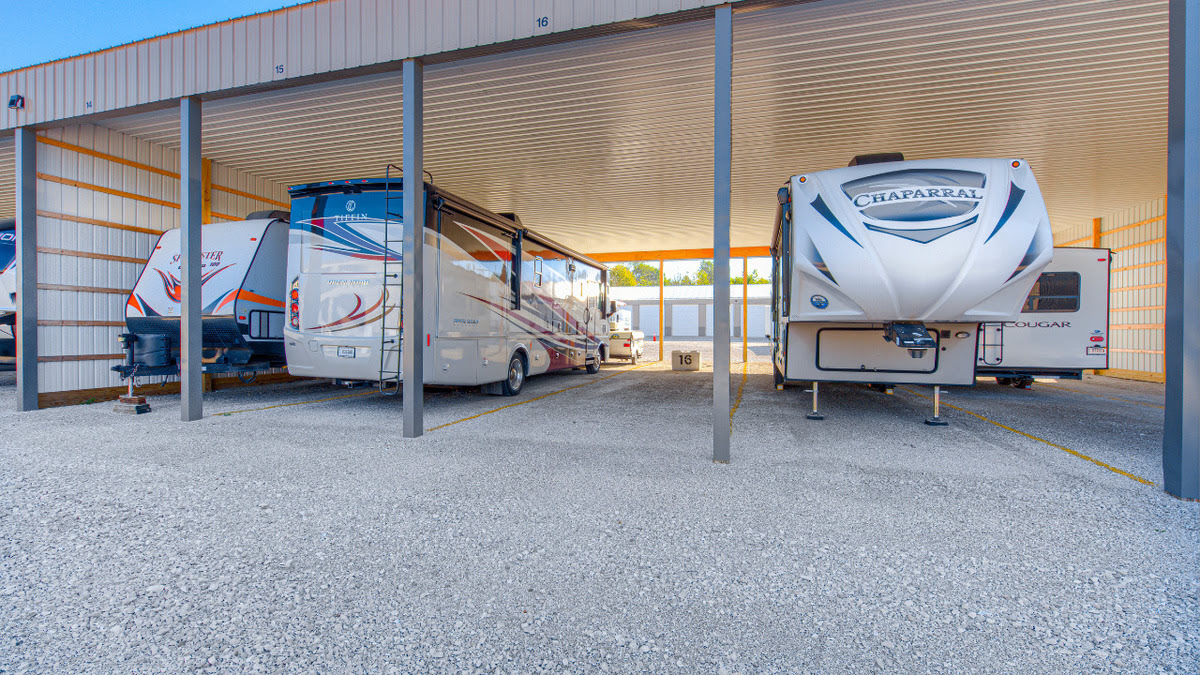
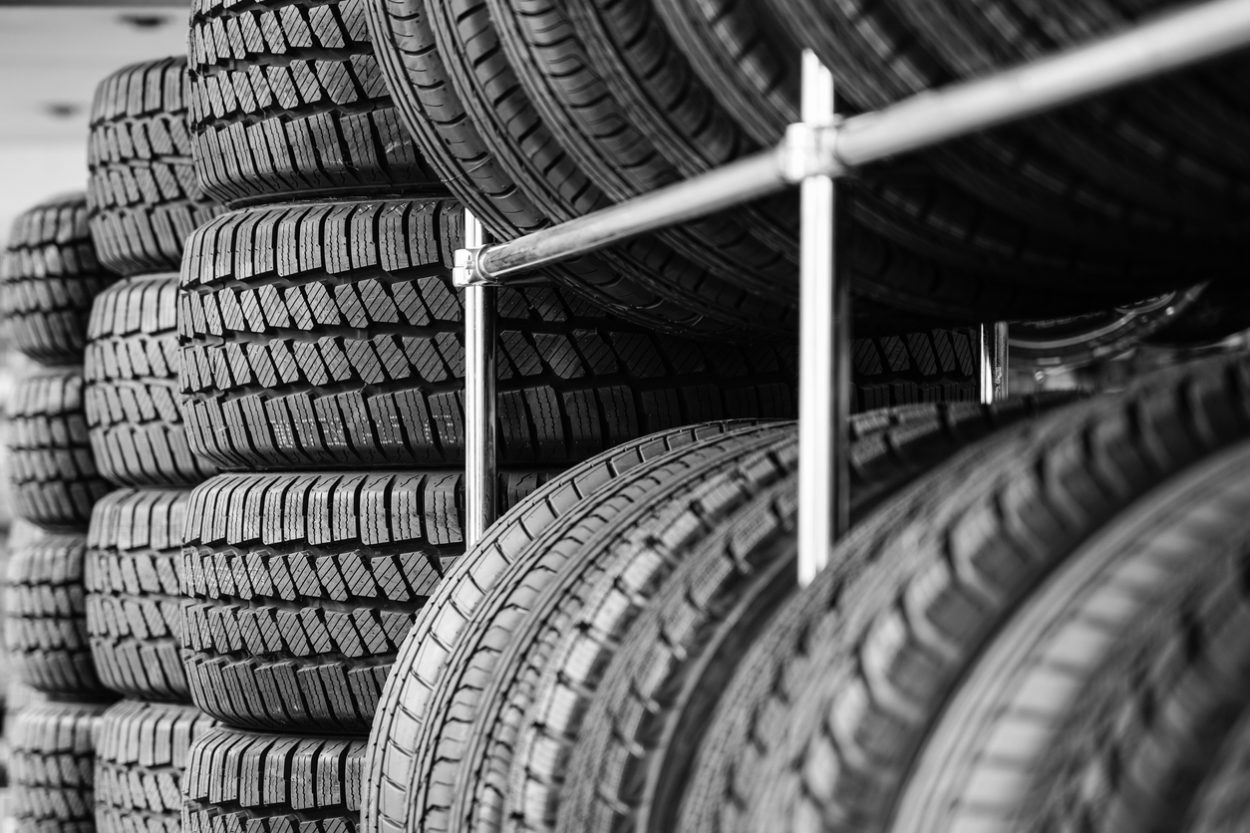
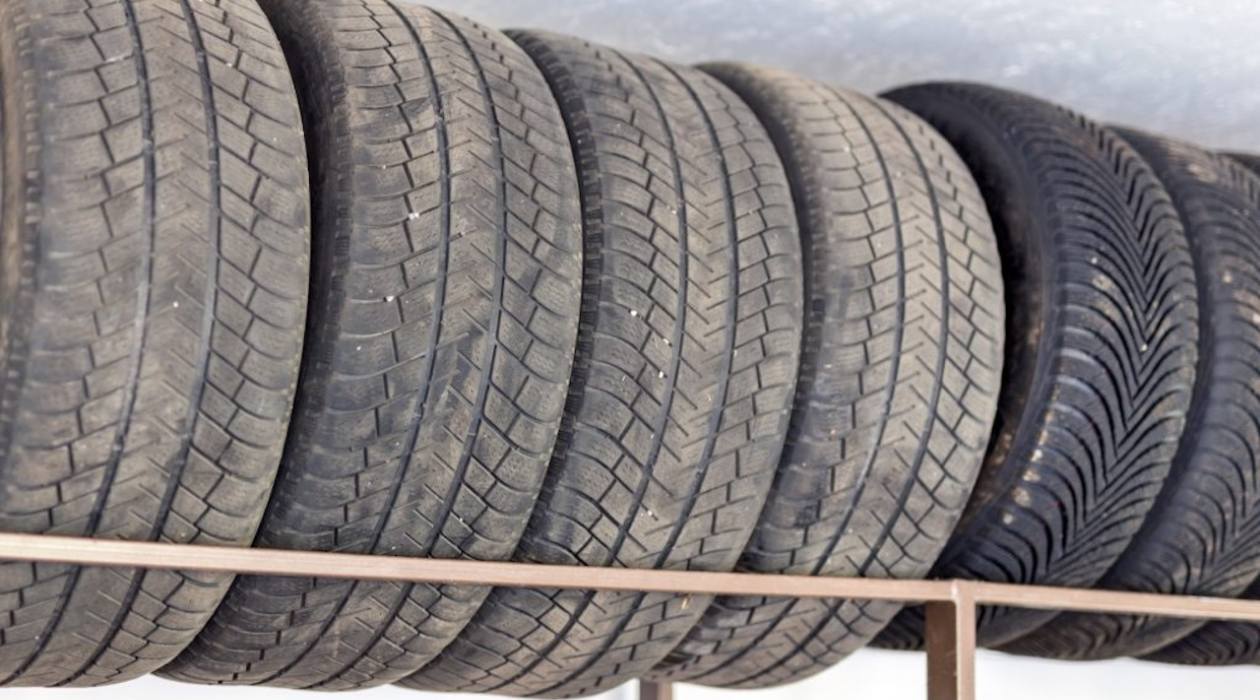
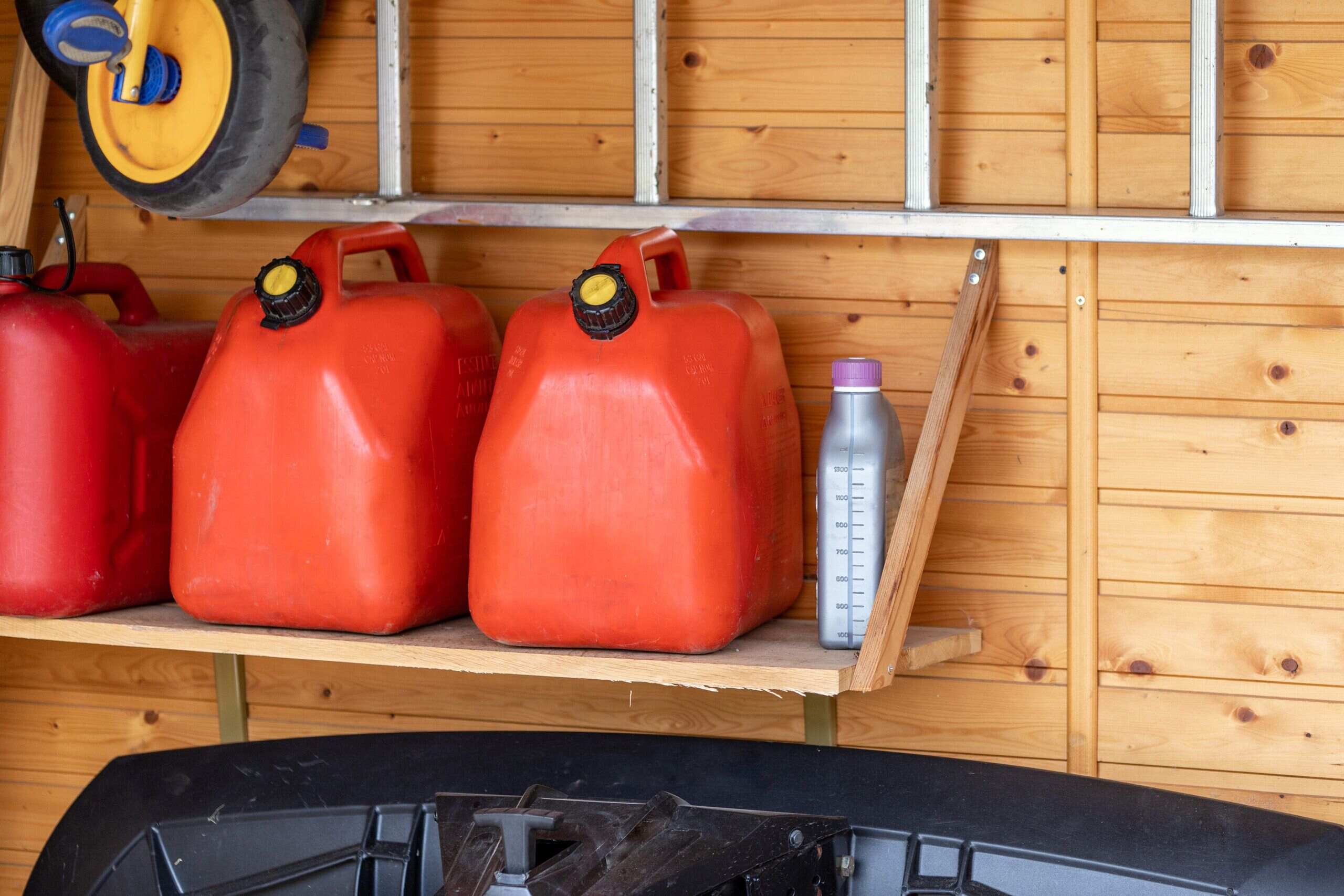
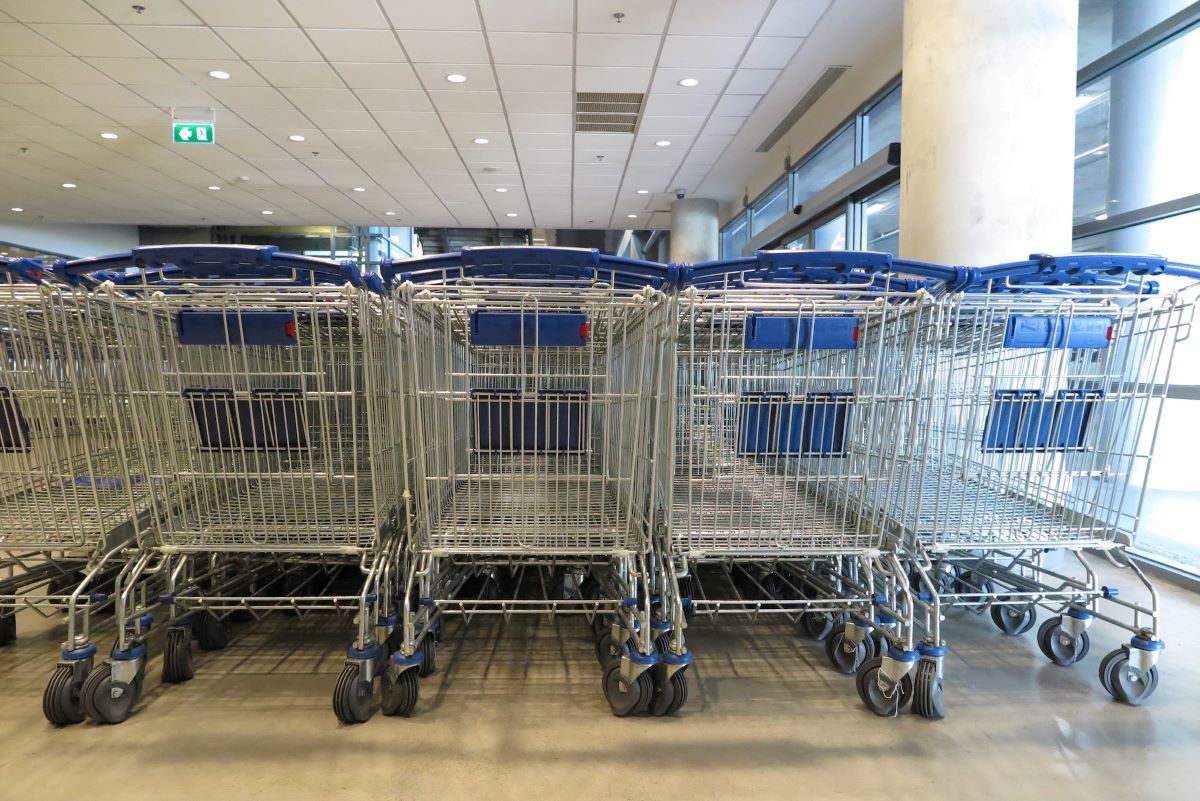


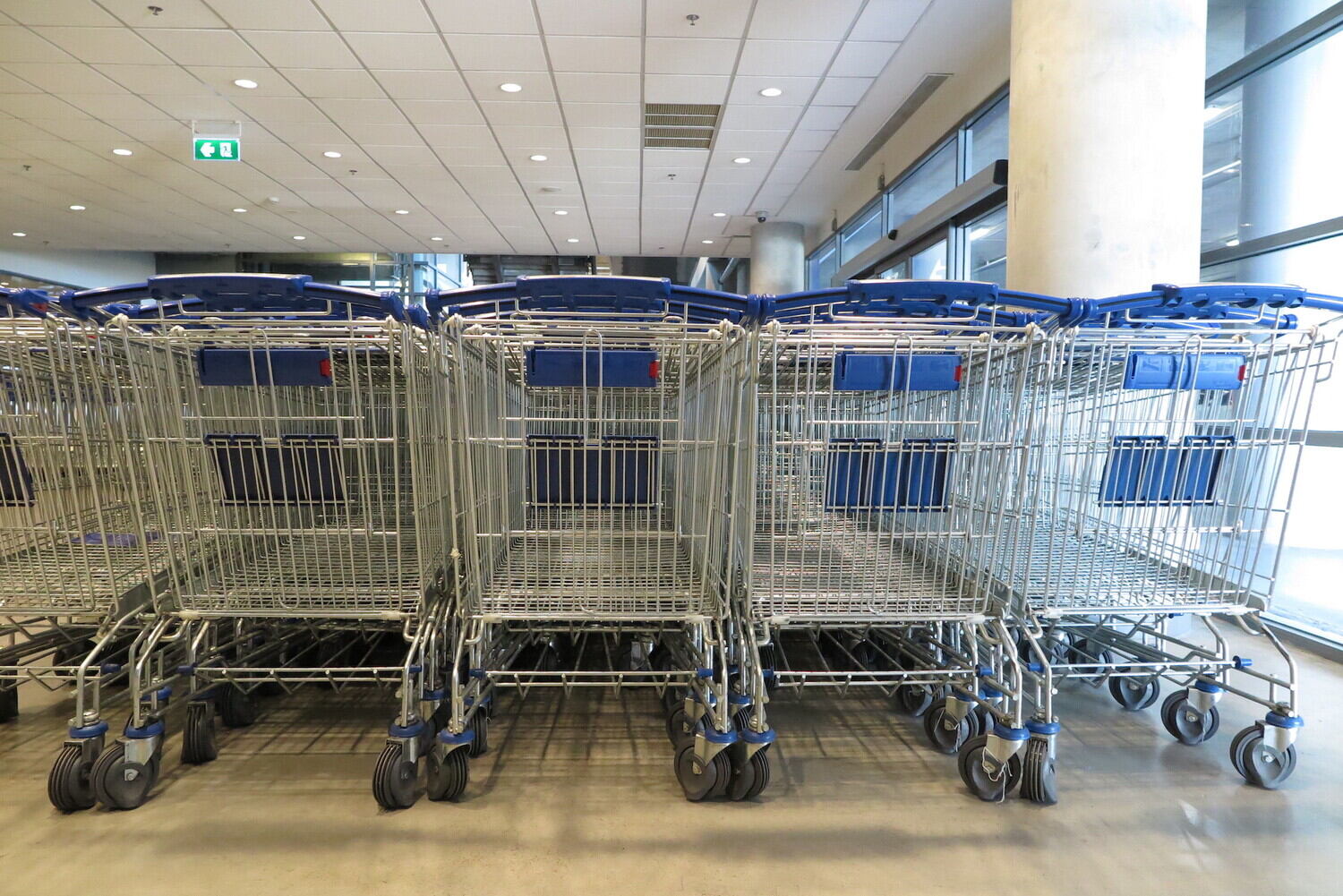


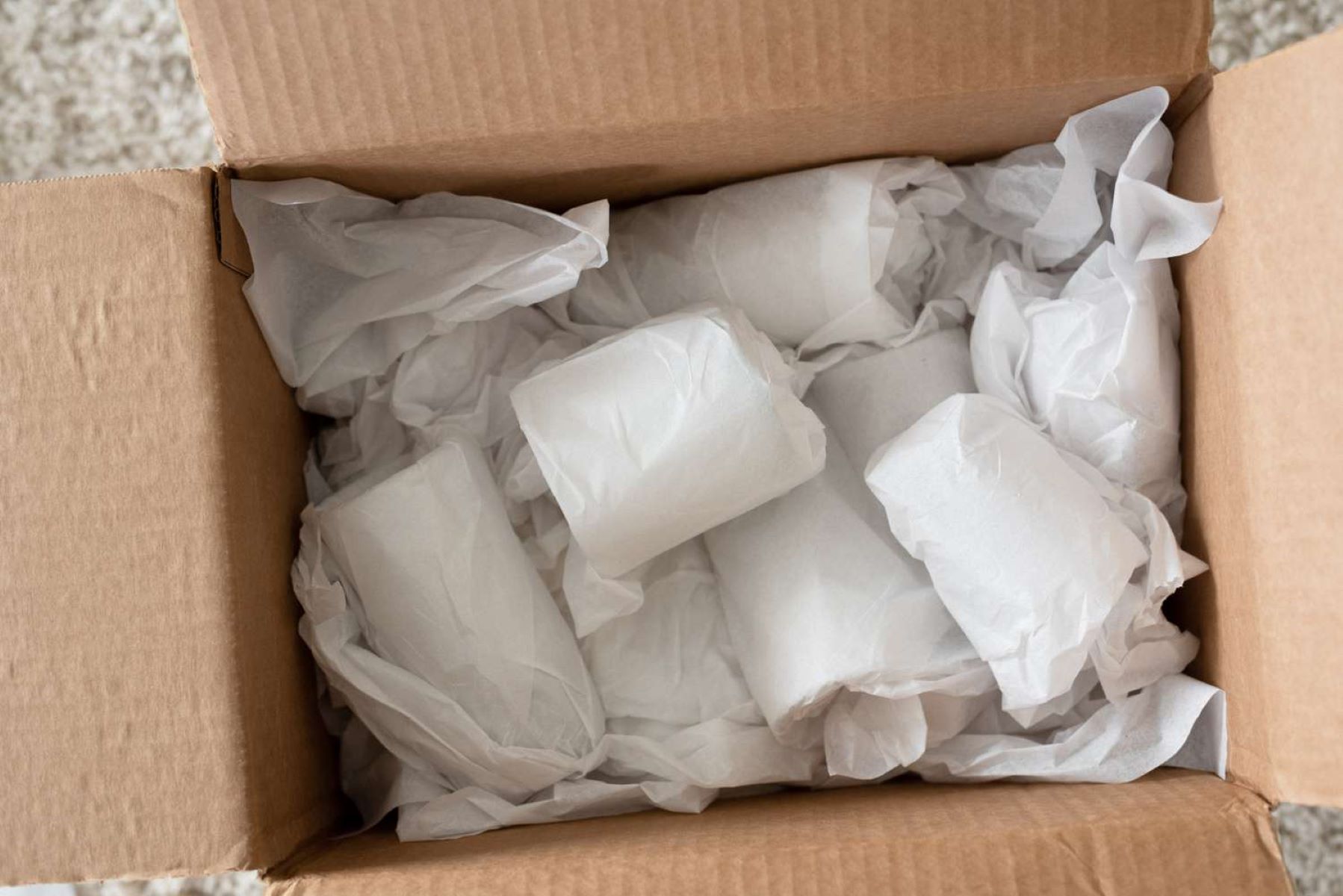
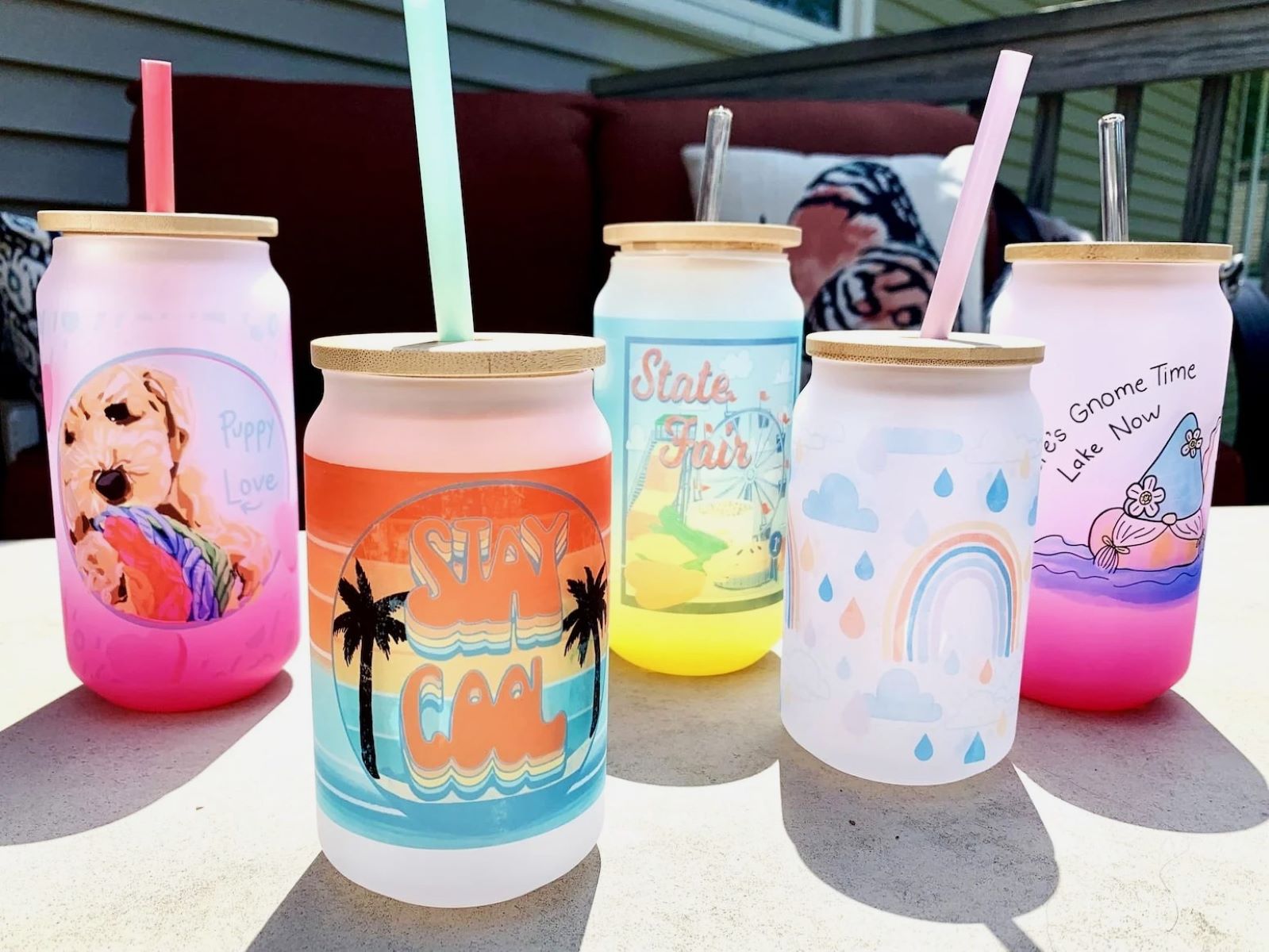
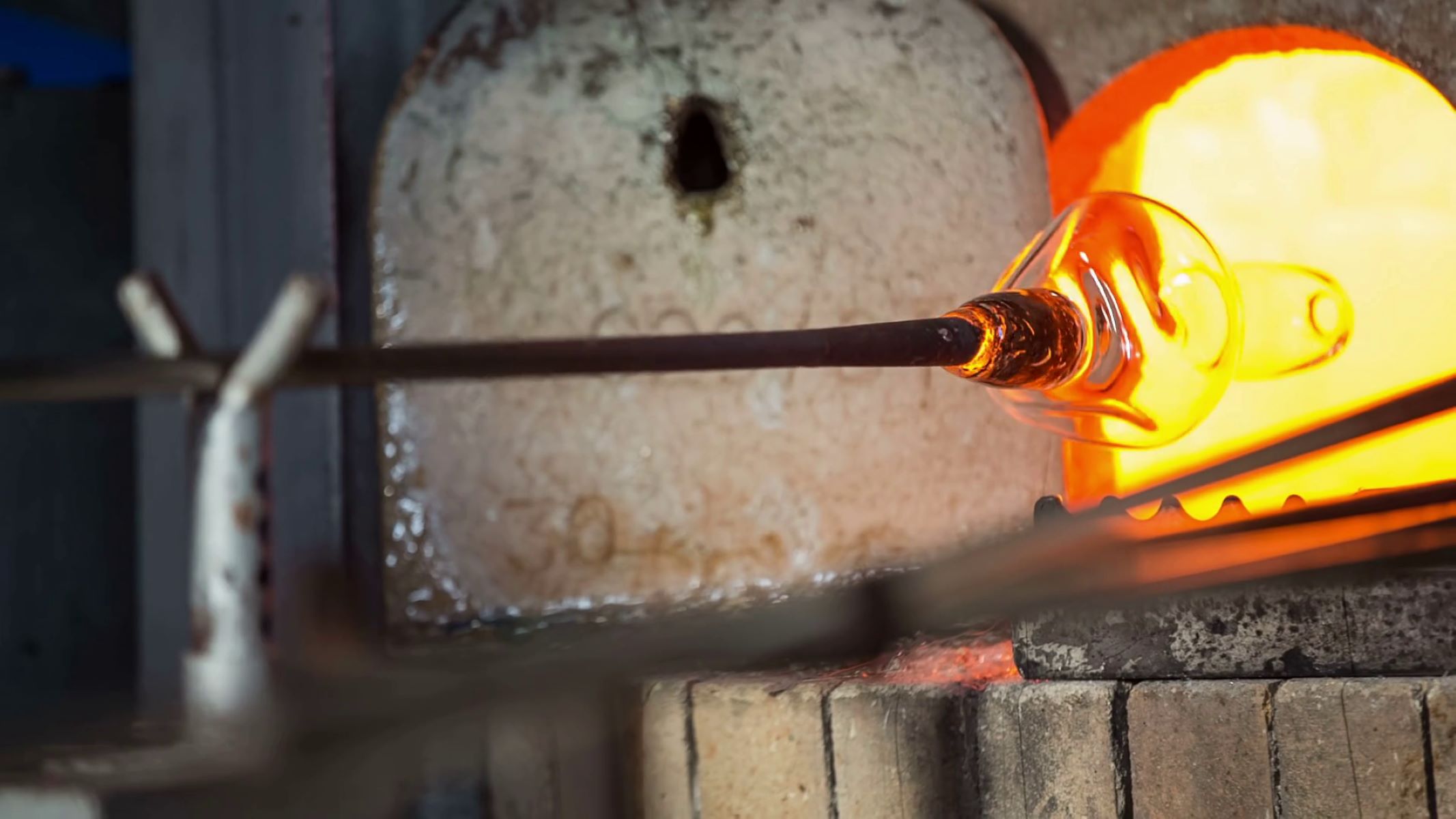
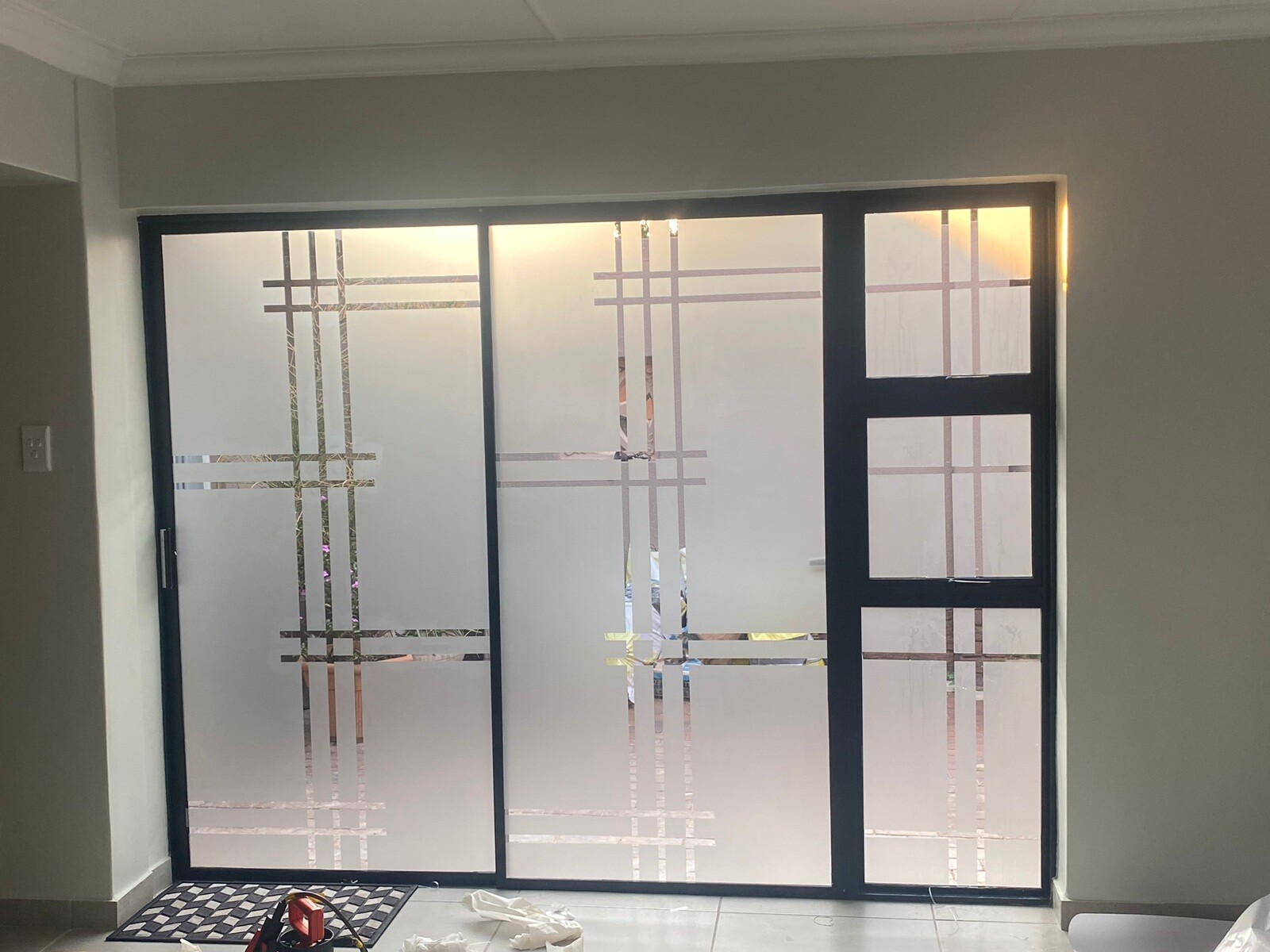

0 thoughts on “How Is Glass Transported”